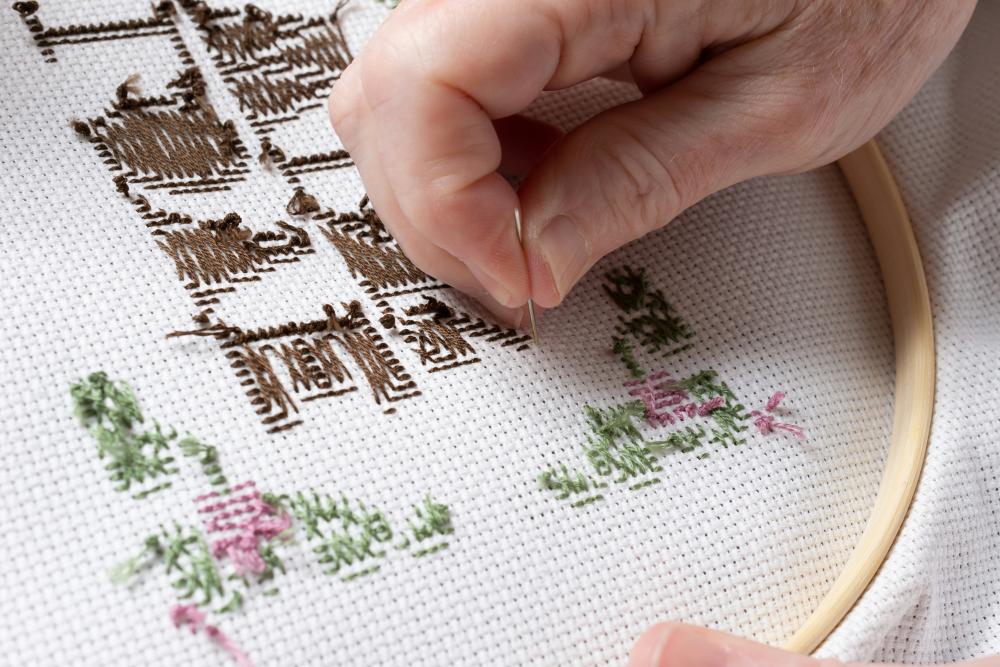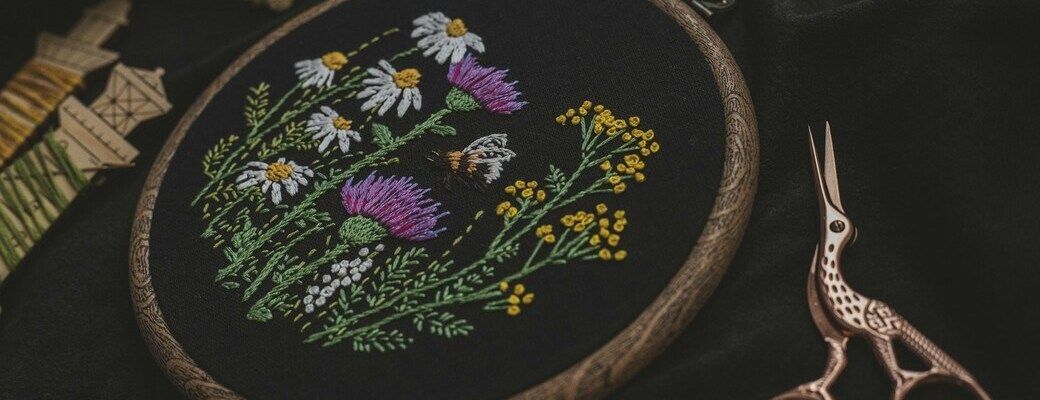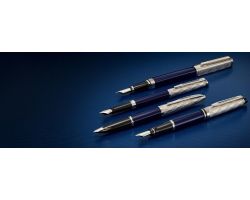Embroidery and printing are two of the most popular methods for customising apparel. Each has its strengths depending on your design, budget, and fabric type.
This article compares these options, so you can decide which works best for your brand or event.
Embroidery vs Printing: Which one is better?
Embroidery is best for durable, high-end logos on thick fabrics, while printing suits vibrant, detailed designs on lightweight materials at a lower cost.
Key Takeaways
- Embroidery: Durable, premium finish, ideal for corporate wear, smaller designs, and thicker fabrics.
- Printing: Versatile, vibrant colours, better for detailed designs, lightweight materials, and large orders.
- Cost: Printing is budget-friendly; embroidery offers a high-end look but is pricier.
- Environmental Impact: Embroidery has minimal impact; eco-friendly printing options are available.
What Is Embroidery?

Definition of Embroidery
Embroidery is the process of stitching designs onto fabric using threads. This method creates a textured, long-lasting design that stands out, offering a high-end look for personalised clothing and accessories.
Advantages of Embroidery
Embroidery is durable, resisting fading and peeling even with frequent use. It’s perfect for professional-looking logos on caps, polo shirts, and jackets.
When to Use Embroidery
Choose embroidery for smaller designs or items made of thick materials. It’s especially suited for corporate wear or promotional products where a polished appearance is essential.
What Is Printing?

Definition of Printing
Printing applies designs to fabric using methods like screen printing, digital printing, or heat transfer, ideal for vibrant, detailed images on flat surfaces.
Advantages of Printing
Printing supports intricate designs with vibrant colours, making it ideal for bold logos or creative patterns. It’s also budget-friendly for large orders, especially T-shirts and hoodies.
When to Use Printing
Printing works best for lightweight fabrics or large, detailed designs. If you need eye-catching promotional products or merchandise for events, printing offers a versatile and affordable solution.
Comparing Embroidery and Printing: Key Factors
1. Appearance and Style
Embroidery offers a polished, professional touch, making it ideal for logos and designs that require a premium look, especially on caps and polo shirts. The stitched texture enhances corporate and promotional wear. If you're styling a polo for different occasions, you might be wondering what to wear over a polo shirt to maintain a refined yet versatile look.
2. Durability and Maintenance
Embroidery is highly durable, maintaining its quality through frequent washing and wear. Printing durability depends on the technique—screen printing lasts years, but lower-quality methods may fade or crack over time.
If you’re after something short-term or budget-friendly, printing might be the better option.
3. Cost Implications
Embroidery is pricier, especially for large or complex designs, but cost-effective for smaller logos or bulk orders of caps and jackets. Its premium look makes it worth the investment for corporate branding.
Printing is more budget-friendly, particularly for detailed artwork or promotional T-shirts.
4. Suitability for Different Products
Embroidery works best on thicker fabrics, such as polo shirts, caps, and jackets. It adds a polished touch to corporate wear or uniforms, where durability and elegance are key.
Printing excels on lightweight items like T-shirts and tote bags. It’s also ideal for promotional items with large or colourful designs. If creativity and bold branding are your goals, printing might be your top choice.
5. Environmental Considerations
Embroidery has a minimal environmental impact since it doesn’t use inks or chemicals. Printing can also be eco-friendly with water-based or sustainable inks, offering a bold yet planet-conscious option.
By weighing these factors, you can choose the method that aligns with your needs and budget. Both embroidery and printing have their strengths, and understanding them helps you select the best fit for your brand.
Printed Merchandise from Promo Store
1. Custom Printed T-Shirts and Polo Shirts
At Promo Store, we specialise in high-quality printed T-shirts, ideal for promotional events, team uniforms, or giveaways. Choose screen or digital printing for vibrant, standout designs.
For a more formal look, our printed polo shirts are ideal for corporate branding or workwear. They combine a professional appearance with comfortable wear, making them a practical choice for staff or promotional campaigns.
2. Stylish Printed Caps and Accessories
Our printed caps provide an affordable yet impactful way to promote your brand. With custom designs and bold logos, these caps are a favourite for giveaways or merchandise at events. They’re practical, stylish, and ensure your logo gets noticed.
We also offer printed accessories like tote bags and reusable water bottles. These items are eco-friendly and versatile, adding value to your promotional efforts while aligning with sustainable practices.
3. Tailored Solutions for Your Brand
Whether you’re looking to equip your team with branded apparel or create eye-catching promotional items, Promo Store has you covered.
Our extensive range of printed merchandise ensures your business can make a lasting impression. Explore the possibilities and let your branding shine.
Apart from clothing items, you can get custom-printed aprons, branded kitchen knives, branded glass, promotional wine accessories, personalised bottle openers, and many other branded kitchen items from Promo Store without any hassle.
Choosing the Right Option for Your Brand
1. Understand Your Audience and Purpose
Consider who will use the items and how they’ll be used. Embroidery suits corporate settings, offering a polished look, while printing is better for casual or promotional items with bold designs.
2. Budget and Design Complexity
If you have a limited budget or large, intricate designs, printing is usually more affordable. Embroidery is ideal for smaller logos or when you want a premium feel, even if it costs a bit more.
3. Product Type and Material
Thicker fabrics like polo shirts and jackets work best with embroidery. For lightweight items like T-shirts or tote bags, printing offers better results. Matching the technique to the material ensures a professional finish.
Frequently Asked Questions
1. Which is more durable, embroidery or printing?
Embroidery is generally more durable as the stitched designs withstand washing and wear better. Printing can last long too, especially with high-quality techniques, but may fade or crack over time.
2. Can embroidery handle detailed designs?
Embroidery works best for simple, bold logos. For intricate or highly detailed artwork, printing is the better option as it allows for greater precision and colour variety.
3. Which option is more affordable?
Printing is usually more cost-effective for large designs or bulk orders. Embroidery is more expensive but ideal for smaller logos or when a premium look is needed.
Conclusion
Embroidery and printing each have their strengths, making them suitable for different needs. Embroidery offers a premium, durable finish, ideal for corporate wear and small logos. Printing provides vibrant, intricate designs, perfect for lightweight items like T-shirts and tote bags.
Choosing the right option depends on your design, budget, and the products you want to customise.
Both techniques can enhance your branding when used effectively. At Promo Store, we offer a range of customisation options to suit your needs. Explore our collection and take your branding to the next level.







